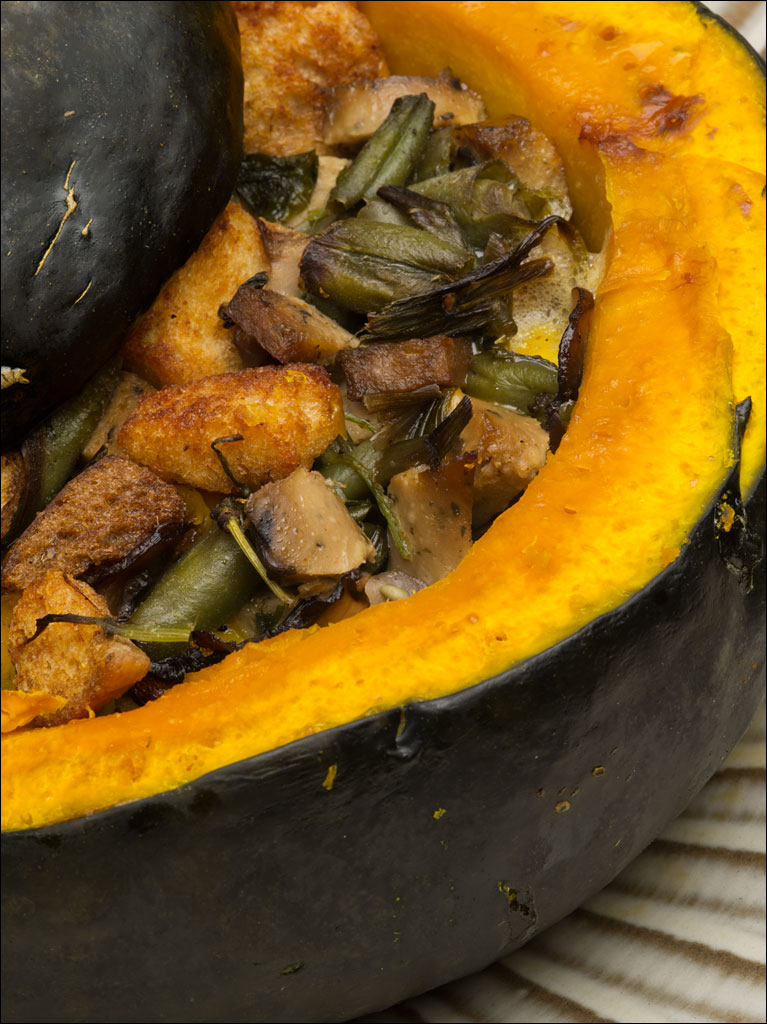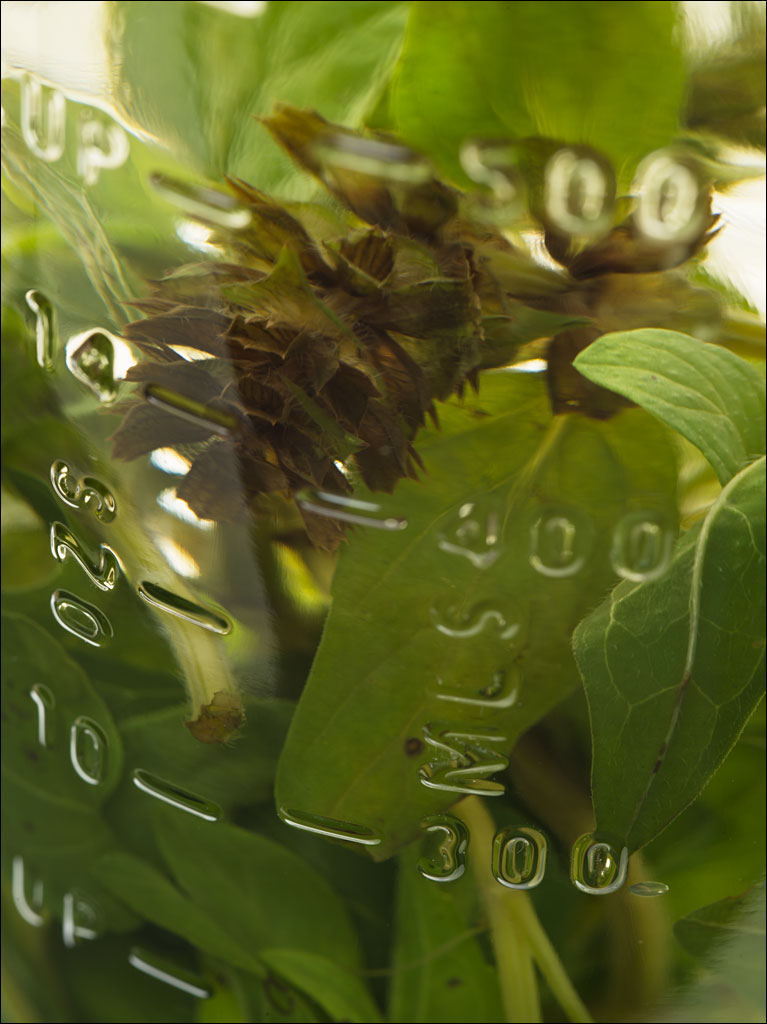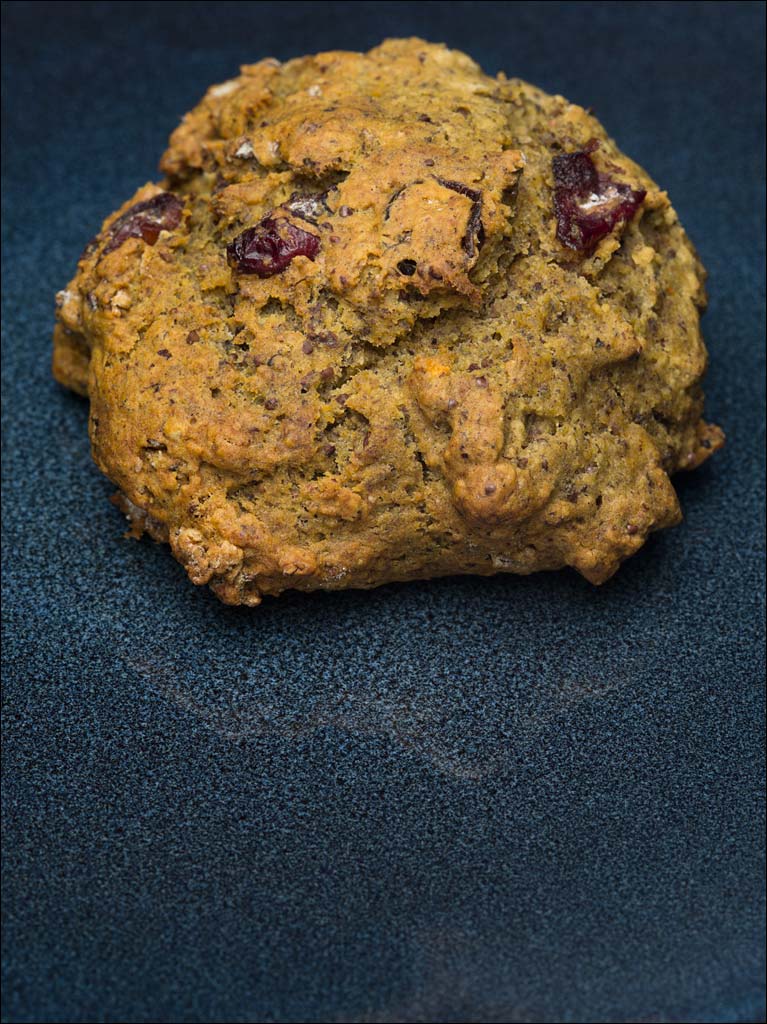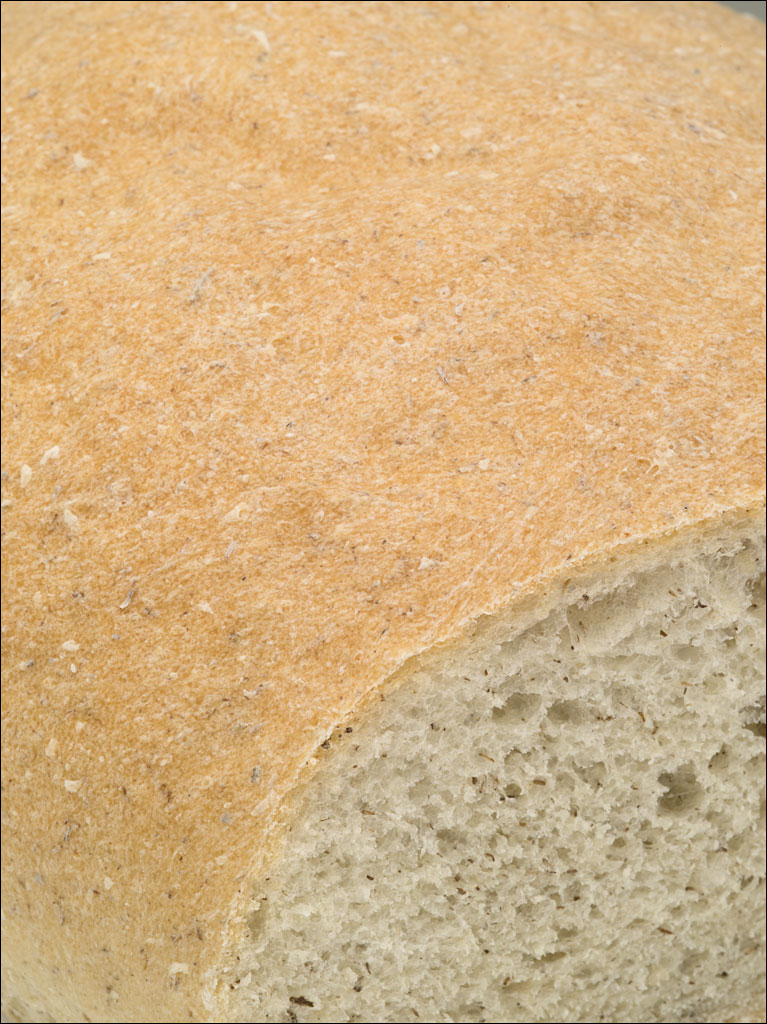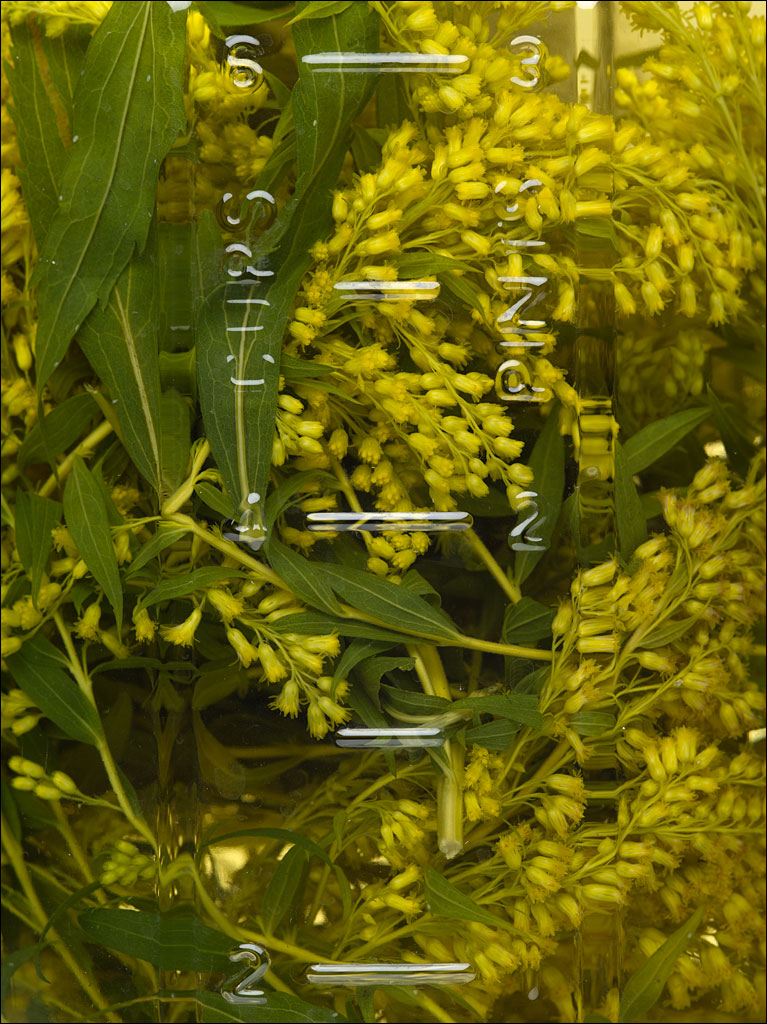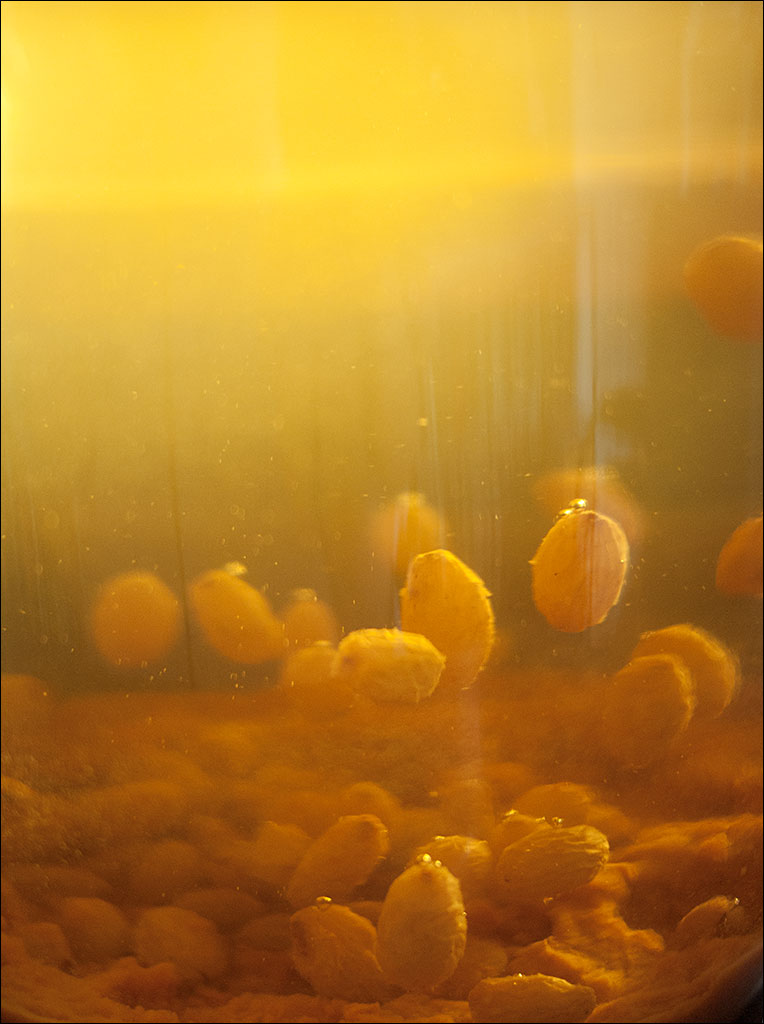 This is a recipe for black bean fudge. It has a soft and smooth texture and a light flavor. It is gluten free and really healthy. The original recipe came from the BlendTec site, but Naomi modified it into something a little healthier and with a little more spice:
This is a recipe for black bean fudge. It has a soft and smooth texture and a light flavor. It is gluten free and really healthy. The original recipe came from the BlendTec site, but Naomi modified it into something a little healthier and with a little more spice:
3 cups of cooked black beans
4 tsp vanilla extract
3 dried pitted dates
3 dried figs
2/3 cup coconut oil
1 cup of unsweetened cocoa
2/3 cup of honey
1/4 to 1/5 tsp of chili powder
Nuts are an optional ingredient. Mixed all the ingredients in a blender. Pour the mixture into a 8 x 8 inch baking pan and refrigerate for at least 2 hours. Cut into one inch cubes. You can freeze what you can’t eat. Click on the image for a bigger bite.

